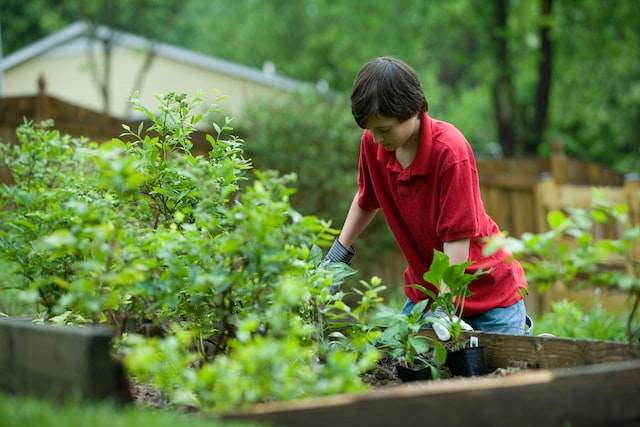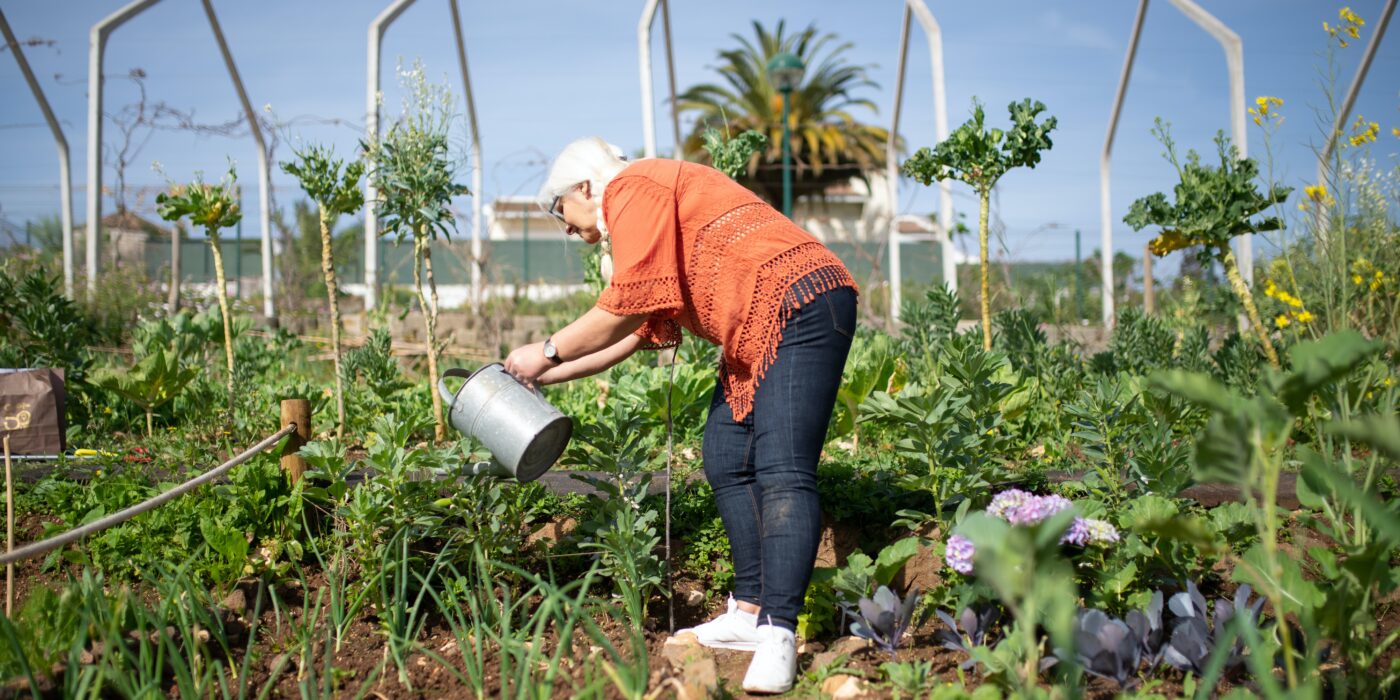Plant diseases can sometimes infect even the healthiest gardens. While providing your plants with ample area to flourish and giving them the care they require can help reduce the occurrence of illness, there are instances when a gardener will need to intervene with a product control. We’ve put up a list of the top items for the job to aid in preventing and controlling plant diseases in the garden.
Prevention is the key with all diseases, whether they affect people or plants. By doing regular garden maintenance, keep the garden environment in good shape. Keep your pruning tools in good condition and clean. Avoid over fertilizing, and always water in the morning so that the foliage has time to dry before dusk because fungi prefer moist conditions.

But infections can still strike even when you take all the proper precautions. It’s crucial to keep in mind that almost all fungicides are protectants, which means they work best when applied prior to or immediately following the pathogen’s initial attack. Once established, full-blown disease epidemics are particularly challenging to control. In extremely wet springs, keep a continual eye out for disease symptoms, both early and frequently, and try to catch issues as soon as they arise. Controlling plant diseases in the garden depends on doing this.
It’s acceptable to intervene with a product control if you believe a disease is negatively impacting your garden’s output, yield, or aesthetics. But because not all products are helpful against all diseases, it’s crucial to pick your goods carefully. As an illustration, applying a fungicide to a bacterial disease won’t help, and applying a pesticide to a foliar disease is a complete waste of time and resources. Before intervening with a product control, it is crucial that you accurately identify the disease afflicting your plant. To identify plant diseases, there are numerous written and online resources available.
Be sure you take the necessary precautions and adhere to all label recommendations. When pollinators are active, avoid spraying, and only use them when absolutely essential.
Baking soda, potassium bicarbonate, and ammonium bicarbonate are all fungicides that have been used for years in gardens to prevent plant diseases. However, because baking soda needs to be combined with horticultural oils in order to successfully battle fungal diseases, the other two bicarbonates, potassium and ammonium, are thought to be more beneficial than baking soda.

This biological fungicide, called Bacillus subtilis, fights fungi by using a naturally occurring bacterium that is frequently found in soils and even in human guts. In other words, it employs one living thing to control another living thing; in this instance, the bacterium prevents the germination of fungal spores and hinders the fungi’s ability to enter plant foliage. Additionally, it exhibits some activity against specific bacterial infections.
Copper-based sprays can be used to prevent a variety of bacterial and fungal pathogens, including the plant diseases powdery mildew, anthracnose, leaf blights, bacterial leaf spots, fire blight, and many other types of ornamental plant diseases, though you cannot use it on some plants due to a negative reaction.





